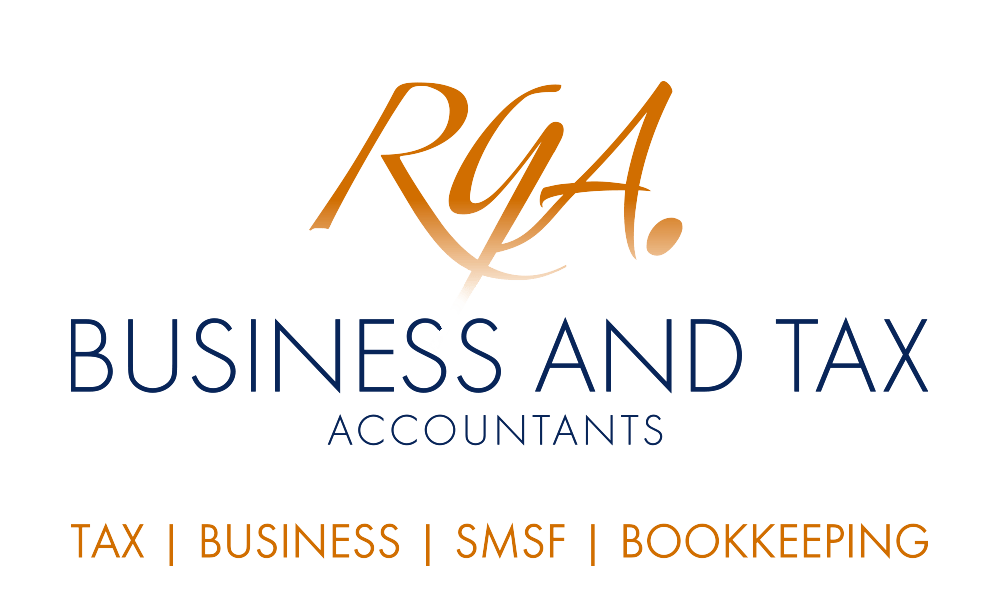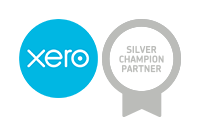Codifying obligations of super trustees

Super trustees may soon have a bigger regulatory burden as a part of the government’s planned improvements to codify obligations of trustees to develop a retirement income strategy for all members of the fund who are retired or approaching retirement. This is set to apply to all trustees including trustees of SMSFs and would entail trustees to review their fund’s performance against the formulated retirement strategy on at least an annual basis. However, more frequent strategy reviews may be required due to fund or membership changes as well as external factors.
The government is seeking broad changes to address the under-development of the retirement phase of the superannuation system. This has come about as a result of a recent government review into the purposes of the retirement system which noted that substantial improvements should be made in how the super system delivers adequate incomes in retirement.
With median superannuation balances of men and women approaching retirement by 2060 projected to be around $450,000, the government has an incentive to ensure that the system delivers adequate incomes in retirement. It concedes that currently, retirement involves multiple decisions (eg when to retire and whether to keep money in super), difficult trade-offs (eg how to invest savings, both in and out of super), and complex interactions with other systems such as tax, social security, aged care and housing.
As a part of the planned improvements, the government is proposing to codify the requirement for superannuation trustees to develop a retirement income strategy for the members of their fund who are retired or approaching retirement.
This would apply to all trustees, including trustees of SMSFs and APRA funds.
The strategy can be formulated for all members generally or a subset of members as identified by the trustee and should outline how the trustee intends to assist their members to achieve the following objectives:
- maximise retirement income (taking into account the age pension and any other relevant income support payments as identified under social security) – this means providing the highest expected net income possible for members over their retirement. It is not about maximising income in any given year or other period during retirement and is rather a cumulative concept across the whole of retirement;
- manage risks to the sustainability and stability of the income – including longevity risk (ie risk that a member will outlive their savings) and investment risk (ie market risk and sequencing risk consisting of converting assets to income at a disadvantageous time);
- have some flexible access to savings during retirement – this should be considered in the context of total savings available to members including savings outside of super (eg private savings or housing assets).
According to the government, where competing objectives are present, the strategy should also seek to identify how trustees intend to assist their members balance these objectives and whether the trustee’s intended assistance is likely to increase or decrease the retirement incomes of their members.
The strategy requirement provides a framework for trustees to develop a document that presents a plan to build the fund’s capacity and capability to service the retirement income needs of members. The formulation of the strategy does not itself constitute the provision of financial advice to members as it expresses broad actions the trustee will take. However, any assistance provided by trustees to give effect to a member’s retirement income strategy will need to comply with existing financial advice rules.
Remember once the strategy requirement is codified, trustees will need to review their fund’s performance against the retirement strategy on at least an annual basis. When reviewing, assumptions made about the generality of their members as well as other factors need to be considered. Trustees should consider reviewing their strategy more frequently than on an annual basis if the characteristics of the fund change, new information about the fund’s membership becomes available, or outside circumstances change.
How will it affect you?
If you are a trustee of an SMSF, you should be aware that this change will potentially mean a heavier regulatory burden. Depending on the size of the fund, you may have to consider multiple subgroups of members. To understand more about this potential change, contact us today for advice.
IMPORTANT: This communication is factual only and does not constitute financial advice. Please consult a licensed financial planner for advice tailored to your financial circumstances. Email us at Robert Goodman Accountants at reception@rgoodman.com.au . © Copyright 2021 Thomson Reuters. All rights reserved. Brought to you by Robert Goodman Accountants.









